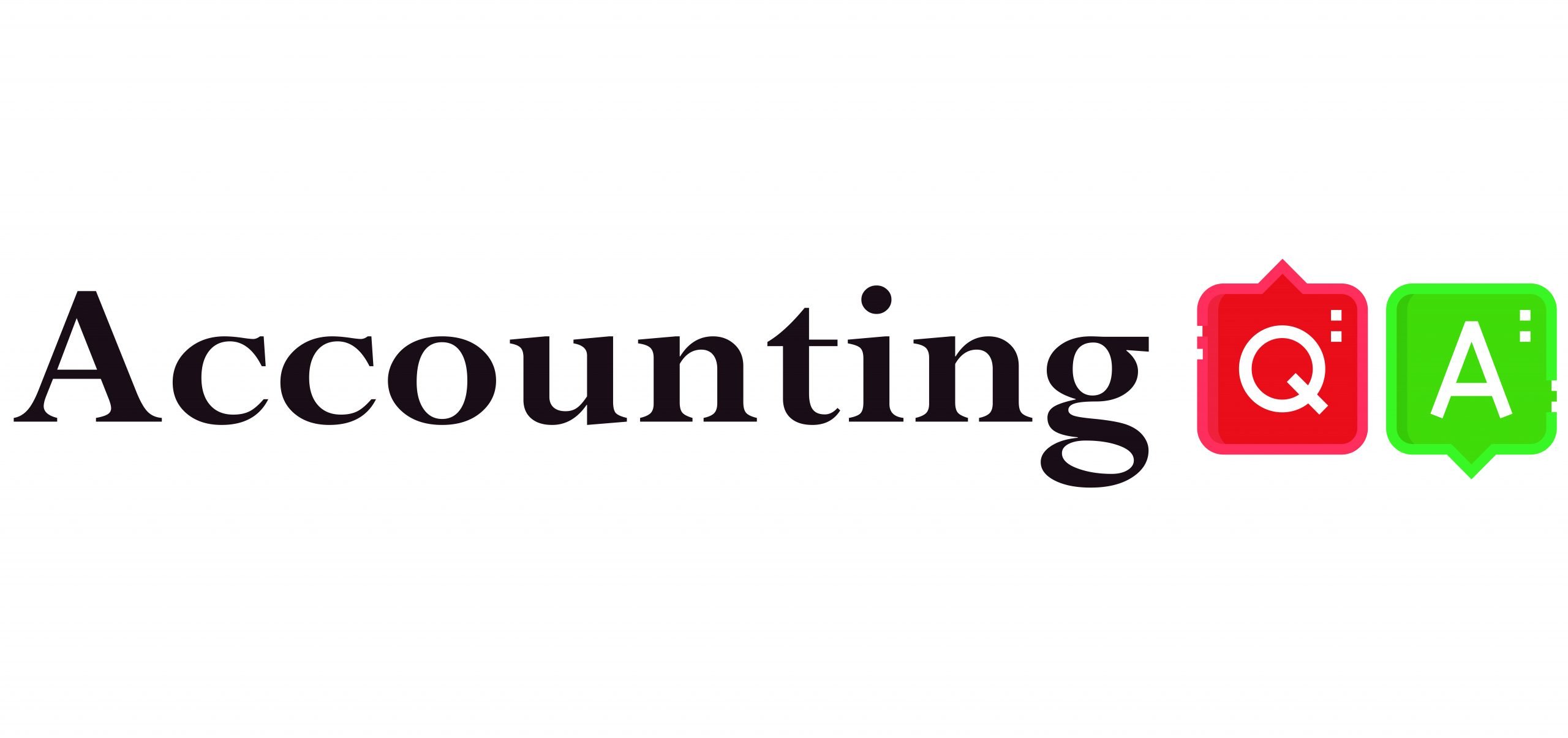The balances as per cash column of cash book and passbook The balance as per bank column of cash book and passbook The balance as per Bank column of cash book and ...
Debit Balance A debit accounting entry represents an increase in asset or expense account or a decrease in liabilities of an individual or enterprise. Debit balance is the amount in excess of debit entries over credit entries in the general ledger. The debit balance is shown as Dr. Credit Balance ARead more
Debit Balance
A debit accounting entry represents an increase in asset or expense account or a decrease in liabilities of an individual or enterprise.
Debit balance is the amount in excess of debit entries over credit entries in the general ledger. The debit balance is shown as Dr.
Credit Balance
A credit accounting entry represents a decrease in assets or an increase in liabilities or income accounts of an individual or enterprise.
Credit balance is the amount in excess of credit entries over debit entries in the general ledger. The credit balance is shown as Cr.
Debit Balance in the Passbook
A passbook is a record of a customer’s account transactions kept by the bank. The passbook is a copy of the bank account of the customer in the books of banks. Debit balance in the passbook is also called “Overdraft”.
All the transactions either debit or credit are recorded in the passbook. When the total amount of all debit entries in a passbook is more than the total of credit entries, it results in a debit balance. It means that an individual or enterprise owes to the bank.
The overdraft facility given by the bank has a limit i.e. only a certain amount can be withdrawn in excess of the amount deposited and if one avails overdraft facility, interest is also charged by the bank.
The amount withdrawn by a customer from the bank is shown as a debit entry and the amount deposited by the customer is shown as a credit entry. The passbook’s debit balance is a negative balance or unfavourable balance while the passbook’s credit balance is a positive or favourable balance.
For example: An individual deposited $50,000 in a bank account and withdrew a total sum of $60,000. So here, the passbook will show an overdraft of $10,000 i.e. the debit balance of the passbook. It signifies negative cash flow of the individual and that individual owes $10,000 to the bank.
Credit balance in Pass Book
On the other hand, when the total amount of all the debit entries in a passbook is less than the total amount of credit entries, it results in a credit balance. It means the amount deposited by a customer is more than the amount withdrawn indicating the positive cashflow in the account.
Reconciliation
It is the process of identifying and rectifying differences between the passbook and cashbook maintained by the bank and customer respectively. The aim is to ensure the accuracy of the transaction recorded in the cashbook and passbook.
Debit Balance Reconciliation
The debit balance in the cashbook and the credit balance in the passbook shows that some outstanding cheques are in the process of clearing and these cheques need to be adjusted for reconciliation of the balance of the passbook and cashbook.
Credit Balance Reconciliation
The credit balance in the cashbook and debit balance in the passbook shows that deposits already recorded in the cashbook are yet to be recorded in the passbook by the bank and these deposits need to be adjusted in the passbook for reconciliation of the balance of the passbook and cashbook.
Conclusion
The debit and credit balance of the passbook is the indicator of the financial position of an enterprise or individual. A debit balance signifies more withdrawals than receipts resulting in an overdraft.
See less
A Bank Reconciliation Statement is prepared to know the causes for the difference between 2. the balance as per bank column of cash book and passbook. This is because transactions in Cash Book are recorded from the point of view of the business and the Bank Statement/Pass Book is prepared from the pRead more
A Bank Reconciliation Statement is prepared to know the causes for the difference between 2. the balance as per bank column of cash book and passbook.
This is because transactions in Cash Book are recorded from the point of view of the business and the Bank Statement/Pass Book is prepared from the point of view of the banker. Since both are prepared from a different point of view, differences are bound to occur.
Bank Reconciliation is the process by which on a particular date the bank balance as per Cash Book is reconciled with the balance as per Pass Book/Bank Statement.
Whenever bank reconciliation is done, we need to identify the reasons or transactions causing the differences between both balances. Then a statement highlighting the reasons or causes of differences is prepared. This statement is known as Bank Reconciliation Statement.
A Bank Reconciliation Statement is prepared by starting with either the (a) bank balance as per Cash Book or the (b) balance as per Pass Book/Bank Statement. Only those entries which are recorded in the Cash Book but not in the Pass Book/Bank Statement or vice versa are considered while preparing the Bank Reconciliation Statement.
The reasons for the differences between the two balances can be broadly classified into three categories:
For example, the debit bank balance as per the Cash Book of Mr. A on 31st March is 20,000. On the same date, his Bank Statement showed a credit balance of 30,000. When the Bank Reconciliation Statement is prepared on 31st March, he will find out the transactions causing the 10,000 (30,000 – 20,000) difference between both the balances. Once the transactions are identified he will reconcile the balance as per the Cash Book with the balance as per his Bank Statement.
See less